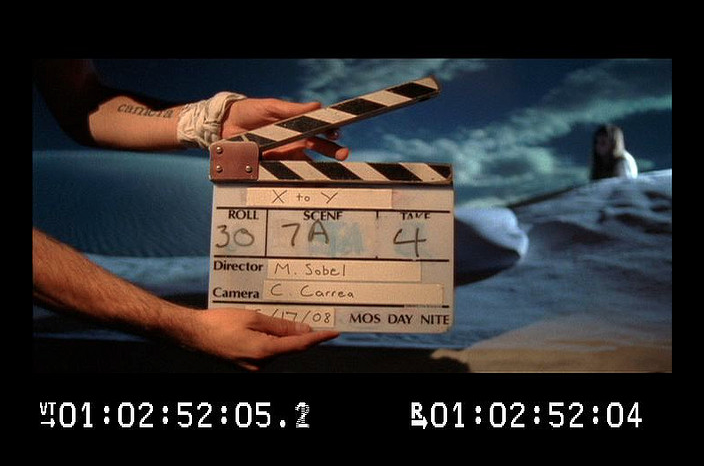The week 5 reading on cinematography excited me firstly because it was by Martin Scorsese and secondly because it was on cinematography (I get excited by pretty frames).
A point I really loved that he made was that the way you set up your shot is based on ‘how much you want your audience to see’. I love the idea of stuff happening off camera and the audience only has the sound to go off. Sometimes not seeing something can be a lot more interesting and letting the shot run longer with no edits can be interesting in ‘letting things play out’, another point made by Scorsese. That section of the reading made me want to go start filming stuff immediately.
I had never heard of Dusan Makavejev before this reading. He makes an interesting point about timing between frames. People carrying expectations with them from the previous shot. This can be used to imply things or even surprising people by not cohering to their expectations.
